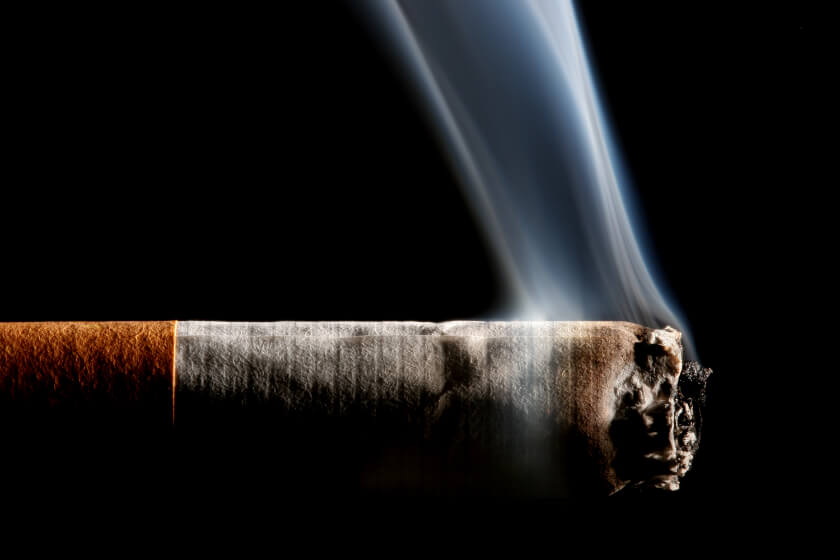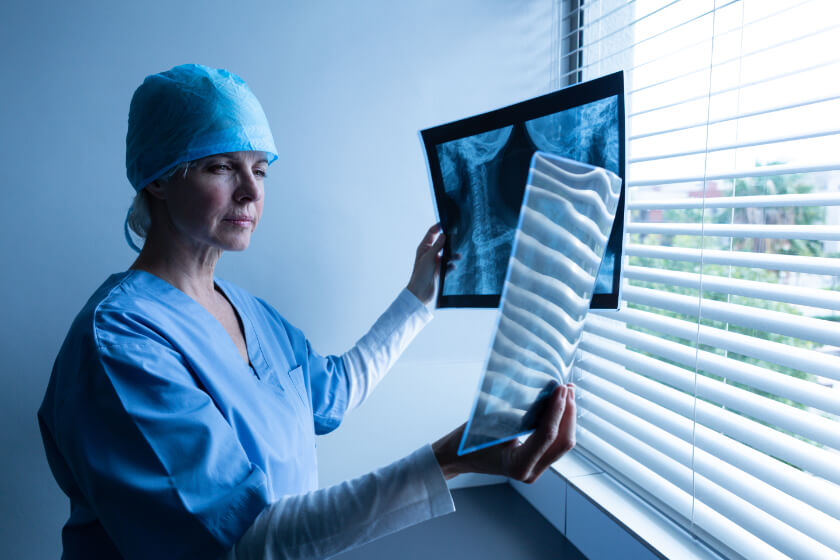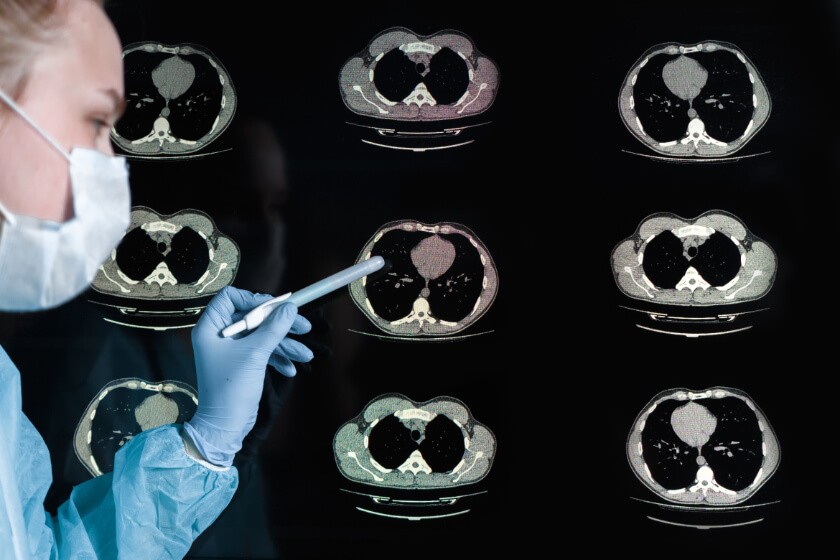
How Smoking Causes Lung Cancer

Doctors have known for years that smoking cigarettes, cigars, and pipe tobacco causes cancer. In fact, by the time the US Surgeon General issued a warning about the dangers of smoking in 1964, there was already overwhelming evidence that smoking was deadly. In the decades since, researchers have discovered many of the ways that smoking causes cancer.
Smoking causes about 85 percent of all cases of lung cancer, but it is also responsible for a large proportion of bladder, head and neck, and esophageal cancers.
About Lung Cancer
Cancer is a condition in which abnormal cells grow and spread quickly. In lung cancer, abnormal lung cells reproduce to create tumors inside the lungs. As the disease progresses, these abnormal lung cells spread to nearby tissues and lymph nodes, and eventually to the rest of the body.
Lung cancer is the third most common type of cancer in the United States and worldwide, and is the leading cause of cancer deaths in the world. Just in 2018 alone, doctors diagnosed 218,520 new cases of lung cancer; 142,080 people died from lung cancer that year.
In 2019, nearly 14 of every 100 adults in the US currently smoked cigarettes, which means about 34.1 million adults smoked. Most than 16 million Americans live with smoking-related illnesses, such as heart disease, stroke, lung diseases, diabetes, and chronic obstructive pulmonary disease (COPD).
Cigarette Smoke Causes Cancer – Here’s How
Cigarette smoke releases more than 5,000 chemicals. These chemicals include:
- Nicotine
- Formaldehyde
- Hydrogen cyanide
- Carbon monoxide
- Arsenic
- Lead
- Ammonia
- Benzene
- Tobacco-specific nitrosamines (TSNAs)
- Polycyclic aromatic hydrocarbons (PAHs)
The connection between smoking and genes
At least 70 of these chemicals are carcinogens, which means they cause cancer. These harmful chemicals enter the lungs then spread to the rest of the body. The chemicals can bind to and damage DNA, which is the hereditary material that carries the instructions cells need to function. Genes in DNA tell the cells how quickly to grow, how often to divide, and how long to live.
Genes use a variety of proteins to tell cells these things. Each protein the genes create has a specific function, and acts as a messenger between the DNA and the cells. To make proteins that function correctly, the genes must have the correct instructions. Cancer begins when one or more genes mutates, or changes. Mutated genes create abnormal proteins, which provide different information to a cell than a normal protein would provide. Having the wrong information can cause cells to multiply uncontrollably and become cancerous.
Benzo[a]pyrene (BP) is one of the most well-studied carcinogens in cigarette smoke. BP is a ring-shaped chemical produced when organic matter, such as tobacco leaves, is burned. Once inside the body, BP turns into a powerful DNA disruptor, which means it causes genetic mutations that affect the way cells behave. Charred meat, car exhaust, coal tar, and soot also produce BP.
The body uses enzymes to make BP water-soluble, which allows the kidneys to get rid of the carcinogen through urine. The water-soluble forms of BP, known as epoxides, are especially good at binding to DNA – they form bulky attachments that bend DNA out of shape in ways that prevent the genes from making proteins correctly. Cells can remove some of these bulky attachments, known as adducts, using special enzymes. Sometimes the adducts remain attached to the DNA, though, and this can lead to the genetic changes that cause cancer.
In other words, some of the chemicals in tobacco smoke change the genes that tell lung cells how to function as healthy lung cells – the abnormal lung cells do not take up oxygen as they should. What’s worse is that the abnormal cells begin to grow too fast, divide too often, and live too long: they become cancer cells.
Other chemicals from smoking contribute to the development of cancer
Other chemicals in tobacco smoke can make it harder for body cells to repair DNA damage. Smoking damages lungs in ways that make it difficult for the right amount of air to flow through the lungs, for example, and this means the smoker is not getting the oxygen they need for good health and to fight cancer. The chemicals in smoking can affect someone’s immune system to delay healing and increase the risk of infection, especially after surgery – such as surgery to treat lung cancer.
Smoking also increases inflammation, which is a risk factor for cancer. The nicotine in tobacco smoke activates certain white blood cells, known as neutrophils, which release molecules that trigger inflammation. Chronic inflammation can damage DNA in ways that affects how cells grow and divide. In time, cells can mutate and grow too quickly in ways that create an environment that is conducive to the development of cancer.
The nicotine and carbon monoxide in cigarette smoke can decrease oxygen levels and increase the risk of heart-related problems. In fact, about 23 percent of people with lung cancer also have heart problems.
For more information about how smoking causes cancer – or to learn how to quit smoking – consult with your doctor. Quitting smoking now can help reduce your risk of developing lung cancer later.




